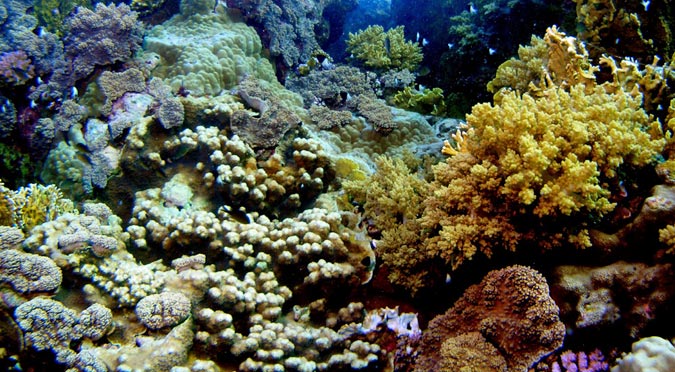Almost every person has an appreciation for natural environments, say San Diego State University scientists. Most people find healthy or pristine locations with high biodiversity more beautiful and aesthetically pleasing than environmentally diminished places. In a new study which computed ‘aesthetics’ as it relates to coral reefs, researchers have shown that computer analysis of underwater photos can be used to accurately assess the health of a coral reef.
Working together, mathematicians, biologists and art historians created a tool to computationally measure the aesthetic appearance of coral reefs. The results show that visual cues generated from random underwater photos can be used to reliably assess both the beauty and health of reefs around the world.
The collaborators compiled and modified a list of 109 visual features that can be used to assess the aesthetic appeal of an image, such as the relative size, colour and distribution of discernable objects within the image, as well as texture and color intensity. They then created a computer program capable of assessing these features in images and used it to analyse more than 2,000 random photos of coral reefs from 9 locations across the Caribbean and central Pacific. The program produced a “beauty” score for each reef ecosystem.

Thriving ecosystems are abounding with bright colours. Underwater, coral reefs surpass all other ecosystems in their display of colour. The diversity and colorfulness of fauna and flora living in healthy reef systems is unmatched on this planet. This diverse and intense display of color is, however, not only an indicator of high biodiversity, but also of a “clean” system.





